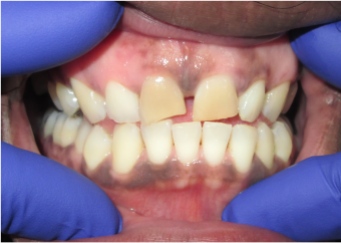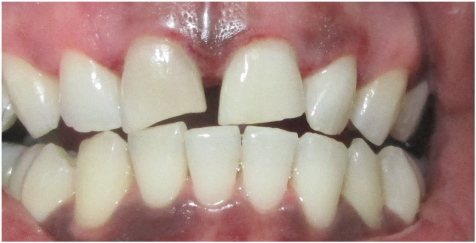TYPES OF TOOTH WHITENING
For your convenience, we offer you the options of in office whitening and take-home whitening.
1. IN OFFICE ONE-HOUR WHITENING
This process may be done in one visit or may require multiple visits depending on how your teeth respond to the whitening gel. Each appointment takes about one hour. Gum protection is applied, the whitening gel is applied and a special light is used to further enhance the bleach.
The advantages of power whitening include our doing all the work for you and in less time than you would spend home bleaching your teeth. The disadvantages include the normal inconveniences of any dental treatment such as having to keep your mouth open for the duration of the appointment and the possibility of increased costs as compared to home whitening.
2. TAKE-HOME WHITENING
This process, which can be done anywhere and anytime, involves wearing a custom-made bleaching tray (looks like a thin, transparent nightguard) filled with a mild bleaching agent. You must wear the gel-filled tray 1 /2 -2 hours per day for about two to four weeks. The advantages of home whitening include performing the treatment when it is convenient for you with possibly lower cost. The disadvantage to home bleaching is that the success of the treatment is dependent on your commitment to wearing the whitening tray routinely for the period prescribed.
Teeth whitening is designed to whiten your teeth. Significant whitening can be achieved in the vast majority of cases. When done properly the whitening will not harm your teeth or gums. However, it has some associated risks and limitations. These are seldom serious enough to discourage you from having your teeth whitened, but should be considered when deciding to have the treatment.
What it is NOT:
Tooth whitening is not the acid attack of the tooth which causes damage.
What it IS:
Tooth whitening is the oxidation of a molecule and the oxidized molecule itself has a whiter colour, hence not damaging the tooth.
What we use:
Dentist supervision is the best way to whiten!
Tooth whitening treatments are effective and safe if they are used appropriately and with the correct materials. This includes an initial diagnoses, professional teeth cleaning, briefing on the chosen whitening process, and monitoring of the patient during the treatment phase. Self-treatment by the patient with over-the-counter products often does not provide the results desired.
CANDIDATES FOR TOOTH WHITENING
Just about anyone is a candidate for tooth whitening. However, people with dark yellow or yellow-brown teeth tend to whiten better than people with gray or bluish-gray teeth. Multi-colored teeth, especially if stained due to tetracycline, do not whiten very well. Teeth with many fillings, cavities, chips, etc., are usually best treated by bonding, porcelain veneers, or porcelain crowns.



